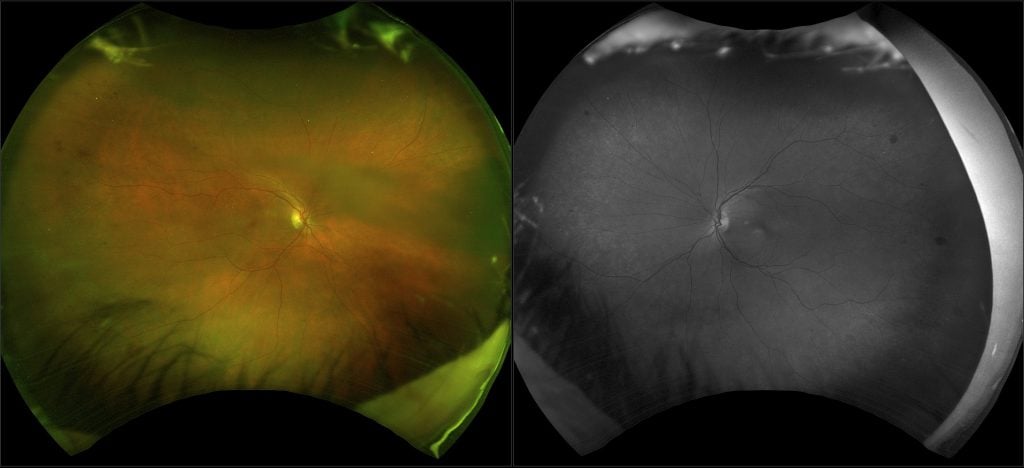June is Cataract Awareness Month and while many people may consider cataracts to simply be an inevitable aspect of aging, there is a great deal more to know and understand. Cataracts are the leading cause of vision loss in the United States, and the leading cause of blindness in the world. Although 24 million Americans over the age of 40 are affected by cataracts, the condition is more complex and nuanced than most may realize.
A cataract is an opacification of the natural lens, which inhibits or distorts the passage of light into the eye. The lens, located behind the pupil and iris, is typically transparent and transmits light onto the retina – the resulting signals become pictures in the brain.
Almost all of us realize and accept that as we age, we are likely to develop a cataract. However, the exact causes are still not entirely understood. Besides the natural aging process, there are several other possible risk factors for cataracts, such as:
- Intense heat or long-term exposure to UV rays from the sun
- Certain diseases, such as diabetes
- Inflammation in the eye
- Hereditary influences
- Events before birth, such as German measles in the mother
- Long-term steroid use
- Eye injuries
- Eye diseases
- Smoking
As a cataract matures, it often causes glare, as well as diminished contrast and color sensitivity. With increased awareness of the process and an understanding of what will increase risk and the development and impact of cataracts can be reduced.
Throughout our life, our body replaces old cells with new ones and this includes the regeneration of the cells in our eyes. However, as we grow older, the old cells in the natural lens build up and eventually begins to block light as it tries to pass through, resulting in cloudy vision.
There are three different types of cataracts, named according to their locations:
Nuclear cataracts grow in the nucleus (inner core) of the eye’s lens. This is the most common type of cataract associated with aging.
Cortical cataracts develop in the cortex (outer section of the lens).
Posterior subcapsular cataracts form toward the back of a cellophane-like capsule that surrounds the lens. These are most common in people who are diabetic, overweight or taking steroids.
Cataracts can also be classified by cause:
Age-related cataracts form as result of aging.
Congenital cataracts occur in babies who are born with cataracts as a result of an infection, injury or poor development before birth. They can also develop during childhood.
Secondary cataracts are a result of other medical conditions, such as diabetes, or exposure to toxic substances, certain drugs (such as corticosteroids or diuretics), ultraviolet light or radiation.
Traumatic cataracts develop as the result of an injury to the eye.
Cataracts usually form in both eyes, but not at the same rate. They can develop slowly or quickly, or progress to a certain point, then not get any worse. As a result, one may not notice substantial changes in their sight. Sometimes they can significantly precede symptoms and can be so subtle as to go unnoticed without a comprehensive eye exam.

As the U.S. population ages, more than 30 million Americans are expected to have cataracts by the year 2020. optomap technology is being increasingly utilized in cataract surgery clinics for immediate views of the retina. The ultra-widefield view can be captured through through problematic, medial opacities, where white light has difficulty, revealing any retinal issues that might be a concern prior to surgery, as well as, following surgery. The ability to quickly and easily observe and document retinal health before and after cataract surgery provides both the patient and practitioner a tremendous peace of mind.
While it is possible to reduce your risk of developing cataracts, unfortunately, it is not 100 percent preventable. However, choosing a healthy lifestyle can slow the progression of cataracts. It bears repeating that some ways to delay the progression of cataracts include avoiding smoking, reducing exposure to UV rays, eating healthy foods, and wearing proper eye protection to avoid eye injury and of course being proactive in vision stewardship should include obtaining an annual comprehensive eye exam. Protect your vision with optomap, visit our website to find a doctor near you!
References:
https://www.aao.org/eye-health
https://www.healthline.com/health/cataract#prevention
https://draxe.com/cataract-symptoms/